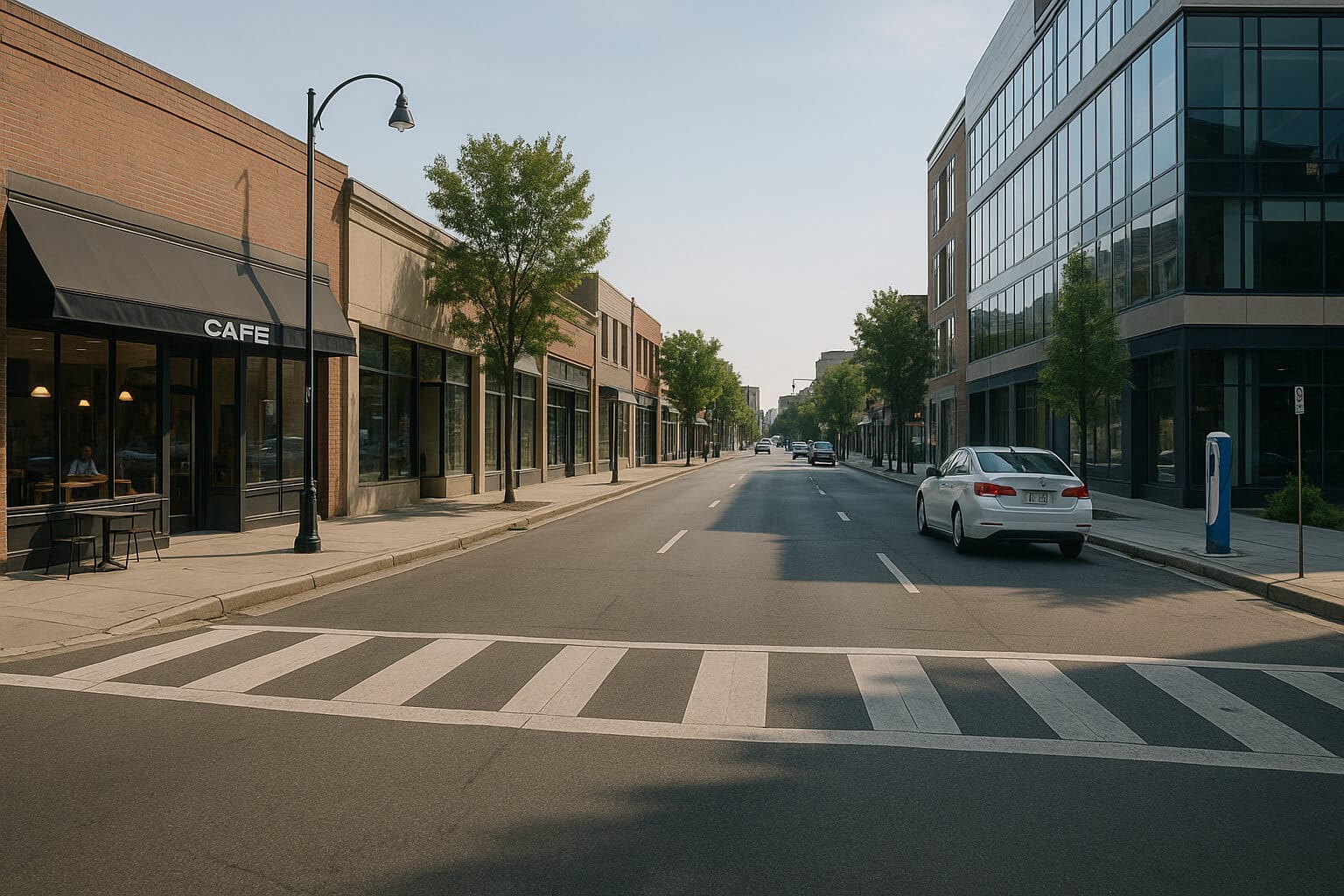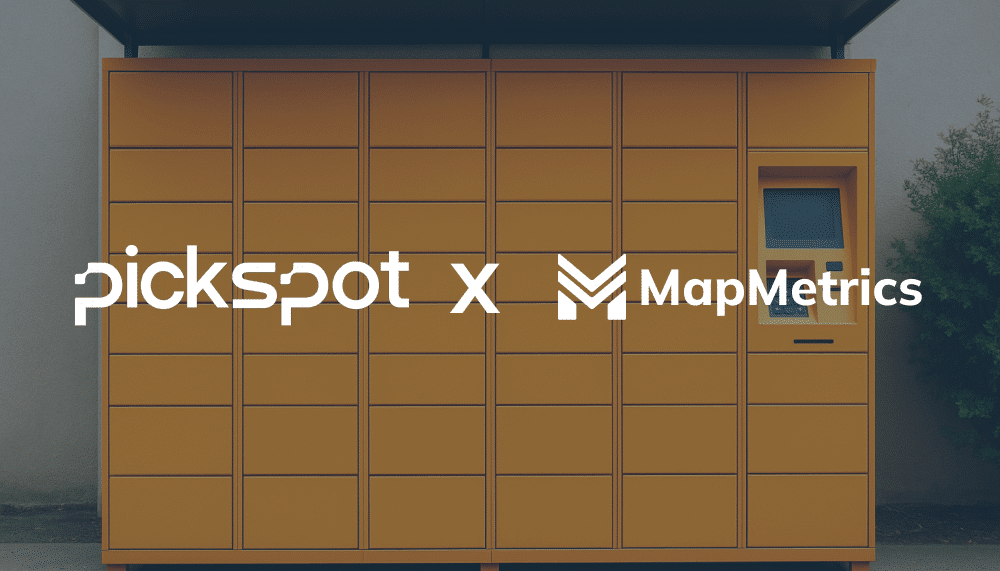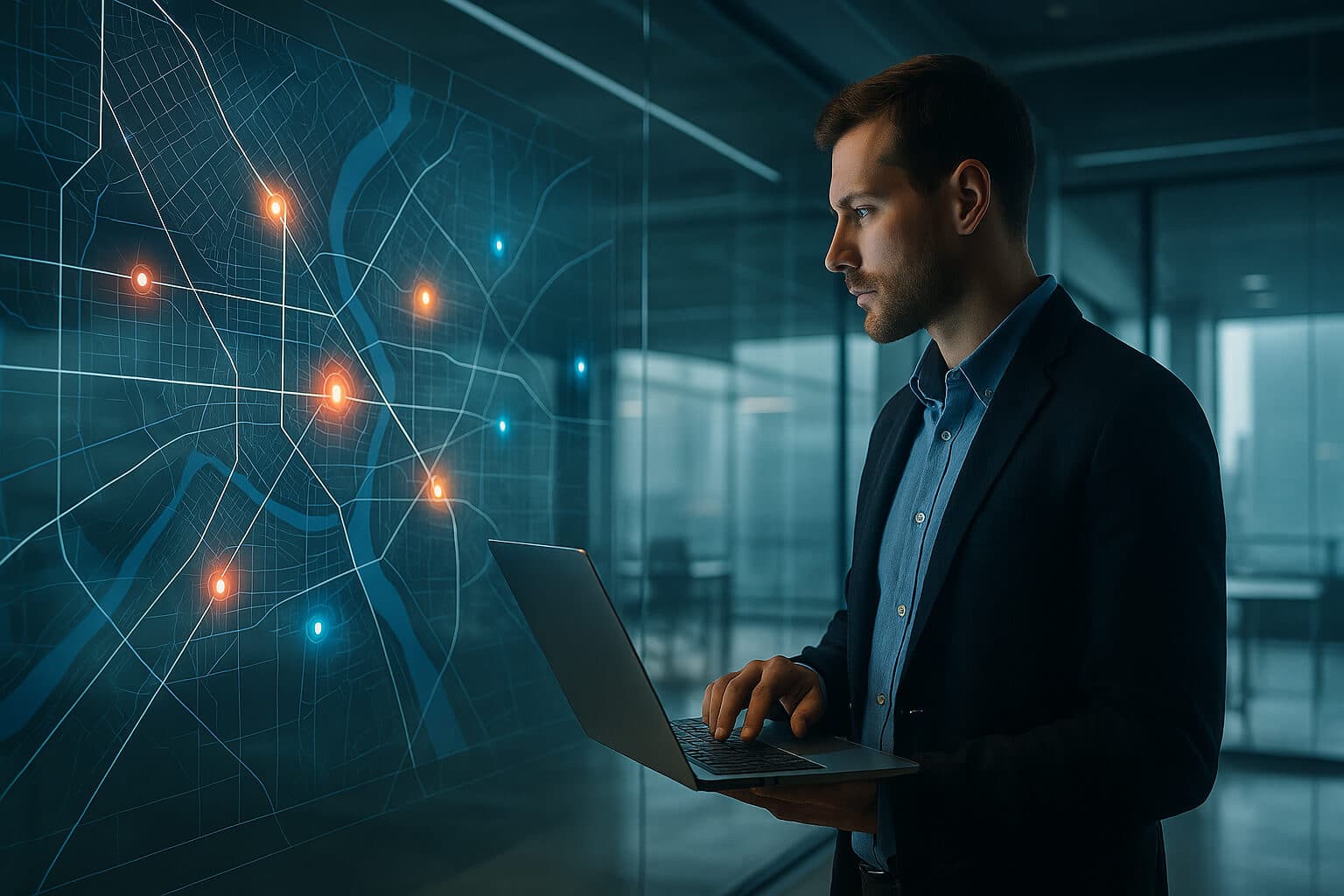
Hyper-Local Data is Rewriting the Map: Why GPS Alone Won’t Cut It Anymore
Most people think of location data as something that tells them which street they’re on, which city they’re driving through, or how far they are from the next gas station. But in a world increasingly driven by real-time experiences, commerce, automation, and AI, that’s no longer enough. Precision is the new frontier. And it starts not with satellites, but with hyper-local data.
The Shift from Global to Micro-Scale Positioning
Instead of relying solely on GPS, which falters in urban canyons, multilevel structures, or indoor environments, modern positioning now depends on technologies that generate hyper-local data at scale. This evolution is not just about zooming in on maps. It’s about achieving centimeter-level detail that transforms how we interact with physical space.
Supporting this shift is a suite of technologies like Ultra-Wideband (UWB), Bluetooth beacons, and LiDAR mapping. Together, they provide the technical backbone for location services built on precise, real-time hyper-local data that works where satellites fall short.
UWB: The Centimeter-Level Game Changer
Ultra-Wideband (UWB) is a wireless protocol designed for short-range communication with an extremely high degree of accuracy. Apple, Samsung, and others have already integrated UWB into their devices, and it’s showing up in everything from smart tags to autonomous robots.
Why does this matter? Because UWB allows for centimeter-level accuracy, something GPS can’t touch indoors. Whether you’re finding your lost keys with pinpoint precision or enabling robots to navigate factory floors, UWB opens doors to experiences that were previously impossible, all powered by rich, hyper-local data.
Bluetooth Beacons: The Silent Infrastructure
While not as precise as UWB, Bluetooth Low Energy (BLE) beacons offer a cost-effective, scalable solution for hyper-local data collection and tracking. Think of indoor navigation in airports, hospitals, or stadiums, places where GPS signals typically go dark.
Retailers are also using beacons to deliver personalized content and promotions to users based on their exact in-store location. Hyper-local data like this turns brick-and-mortar locations into intelligent, interactive spaces, creating real-time experiences that respond to where users are within a few feet.
LiDAR Mapping: Seeing the World in 3D
LiDAR (Light Detection and Ranging) uses laser pulses to create detailed, 3D maps of surroundings. You’ll find it in autonomous vehicles, iPhones, and industrial drones. LiDAR makes it possible to model physical environments down to millimeter precision, unlocking advanced spatial awareness and object recognition capabilities, all driven by hyper-local data capture.
For use cases like augmented reality, indoor navigation, or warehouse automation, LiDAR ensures the environment is not just tracked but understood in detail. This kind of spatial intelligence depends on continuous streams of reliable hyper-local data.
Everyday Applications Are Closer Than You Think
Hyper-local data isn’t just for high-tech labs or industrial sites anymore. It’s starting to impact daily life in ways that are subtle but powerful:
- Indoor AR Navigation: Imagine walking into a museum or university and having your phone guide you to specific exhibits or classrooms in real time, no signage required.
- Smart Homes and Buildings: Devices know exactly where you are and respond accordingly, adjusting lighting, temperature, or even playing your favorite playlist when you walk into a room, all thanks to hyper-local data feedback.
- Logistics and Asset Tracking: In warehouses, hospitals, and large commercial spaces, businesses can now track tools, inventory, and equipment with incredible accuracy, cutting waste and boosting efficiency through actionable hyper-local data.
- Events and Public Spaces: Venues use hyper-local data to manage crowd flow, personalize experiences, and improve safety protocols.
Why This Matters for MapMetrics
At MapMetrics, our mission is to return value and control of location data to the users who generate it. By incorporating systems that operate on hyper-local data, we are building a more accurate, more useful mapping infrastructure for real-world utility.
Our shift from Drive to Earn to Map to Earn is a reflection of this direction. Users will now be rewarded not just for driving, but for mapping details that GPS can’t reach. This includes adding buildings, parking zones, pedestrian routes, unmapped obstacles, and small-scale outdoor areas. Every contribution enhances the network and unlocks new value in decentralized navigation.
With hyper-local data becoming central to our mapping model, we are paving the way for contributors to take part in shaping a more intelligent, detailed, and usable mapping layer.
The Road Ahead
As cities get smarter and digital systems become more context-aware, hyper-local data will become the connective tissue of next-gen navigation. MapMetrics is actively preparing for that future by building infrastructure and tools that go beyond basic GPS to tap into the true micro-verse of human movement.
The question is no longer just “Where are you?” It’s “Exactly where—and what—are you mapping?”


